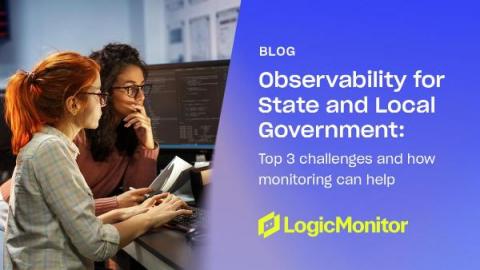Ask Miss O11y: Pls ELI5 TLAs like PRO, SRE, and SLOs!
Dear Acronymically, I'll try to answer without using a single (new) acronym! First things first—"PRO" refers to our Pro plan, rather than being an acronym in and of itself. Honeycomb Pro is our cost-effective offering for professionals like you who are running a few production workloads! And we're hoping that folks will get even more benefit now that they have access to our SLO feature!











